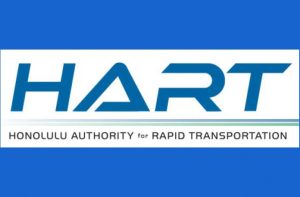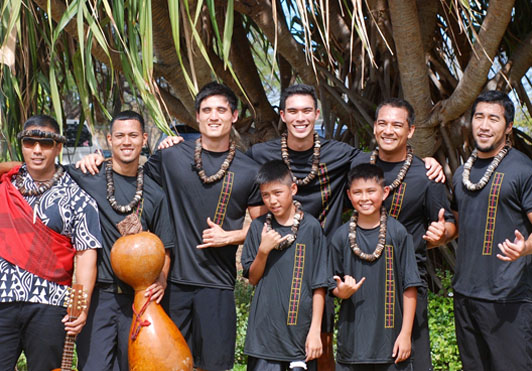

The second annual Kapu‘uola Hula Festival was put on by the Ulu A‘e Learning Center
this past weekend on June 30th. Located on the historic Pu‘uokapolei Hula Mound in Kapolei Regional Park, the Ulu A‘e Learning Center hosted this event in an effort to celebrate the hill’s significance and revive the cultural practices in our community.
The festival featured various booths with local snacks, jewelry, and clothing. It also
showcased performances from ten hālau, most of which reside on the westside of O‘ahu but also included hālau from both California and Molokai. One of these ten hālau was Kiawekūpono O Ka Ua.
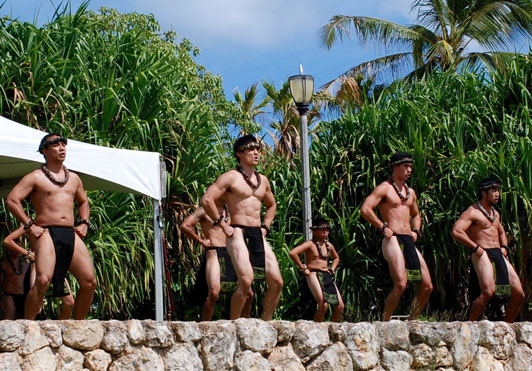
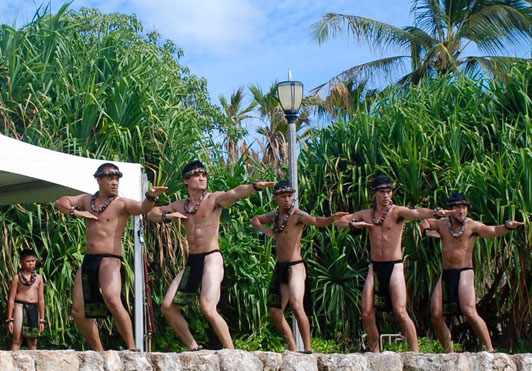
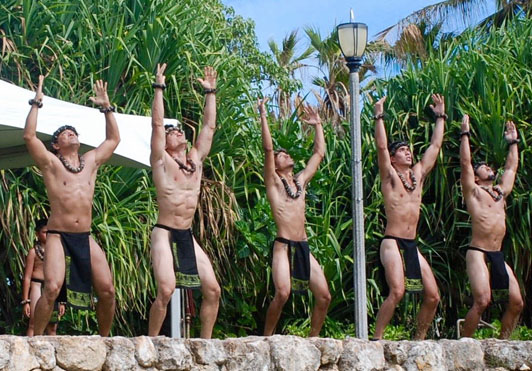
Kiawekūpono O Ka Ua is an all male hālau led by Kumu Dietrix Jon Ulukoa Duhaylonsod. According to Duhaylonsod, the hālau continues hula traditions which have been passed down through the generations. The hālau’s name, Kiawekūpono O Ka Ua, ties them to
Duhaylonsod’s former hālau, Ka Ua Kilihune under the late Kumu Al Makahinu Barcarse.
Their hālau name translates to “a good streak of rain” or “a tree standing in a good streak of rain.” For Duhaylonsod, hula festivals like the Kapu‘uola are important for celebrating our Hawaiian traditions in Kapolei and for re-emphasizing the cultural importance of places in the Second City, such as the hill known as Pu‘uokapolei.
Duhaylonsod works as an archaeologist, and he and his hālau travel frequently to meet
with other indigenous peoples. When asked about his relations with these groups of people from around the world, he said that First Peoples share the same story of having to fight to survive after being disrupted and displaced by global colonialism. One of the missions of Duhaylonsod’s hālau is to help make things right again. He adds, “It is good for Indigenous Peoples to stand in solidarity and support each other in our efforts to seek social justice.”
Although Duhaylonsod noted on stage that each hula was a special one, the group’s last
hula was of particular significance as it told the story of the hālau’s travels. Each verse of the mele (song) highlighted memories and experiences they’ve had on their journey abroad including trips to Standing Rock, Uganda, Norway, and the Mariana Islands.
In the upcoming months, Kiawekūpono O Ka Ua will travel to Taiwan for cultural
exchanges with the Ami tribe and the Paiwan tribe, and then they will head to Mnisota to give presentations at the Indigenous Summit on Water in Minneapolis-St. Paul. They also will perform at the Wai‘anae Coast Sunset on the Beach in Mā‘ili on Aug 5 th ; the Hula Oni E Festival during Labor Day weekend; and the Kahiko at Helumoa in Waikīkī throughout the month of September.
What makes the Kapu‘uola Hula Festival so important to our community is not only the
hula performances and local vendors, but the significance of the hill itself upon which the hula mound is located. Pu‘uokapolei has always been a very special place in the ‘Ewa moku of O‘ahu.
Its rich history and cultural ties date back as far as the 13th century. It was known as a solar observation site for Native Hawaiians; a vital landmark for travelers; and the home of
Kamapua‘a’s grandmother, Kamaunuaniho. As Pu‘uokapolei has drawn the community together with the Kapu‘uola Festival for a better Kapolei, so has Kiawekūpono O Ka Ua drawn Indigenous Peoples from around the world together in conversations for a better future.


